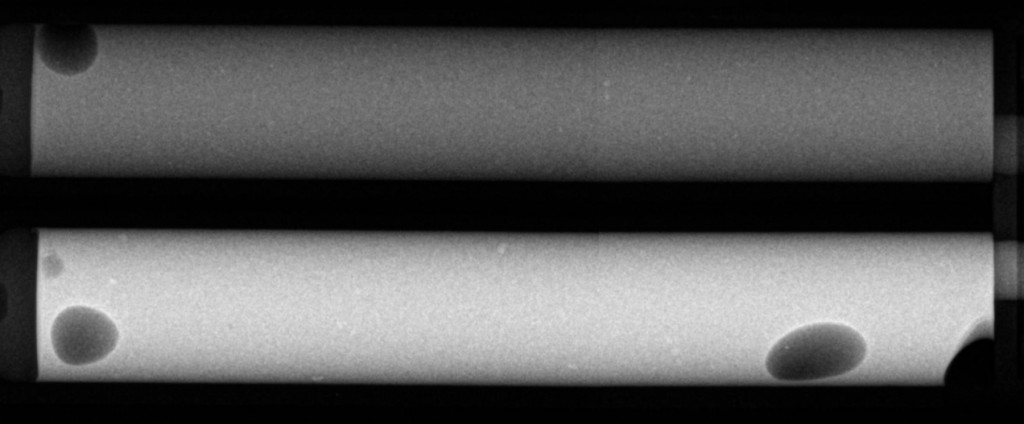News
News from our Biomaterials Laboratory
Bubbles are a Problem
Most assuredly, the presence of air bubbles in restorative material, whether cement or composite, can be a troublesome problem. Bubbles will weaken the restoration whether they are located at the bonding interface or somewhere within the composite.
- If they go undetected and end up at the restorative interface they will detract from the bonded area as well as behave as stress risers and may precipitate a crack and premature failure.
- If they are at or near the surface of the composite, they may, if the dentist is fortunate, break through during polishing, or if not they may break through after the patient has left the office.
Another more insidious and potentially damaging result of air bubbles derives from their presence in the delivery syringe where they can exist from small to large individual sizes and in various total volumes. If they come out in the mixing tip either the catalyst or the base material will be replaced by air and the composition of catalyst and base materials will be disproportionate to that intended by the manufacturer. This could have a damaging effect on curing, strength, bondability, hardness, marginal seal integrity, color stability, shade and consistency of shade and durability.
The bottom line is that most manufacturers use expensive custom packaging equipment to load the syringes with bubble free material. However, we have discovered several products from different manufacturers with air bubble problems and are working with them to characterize and resolve the problem. If you have noticed air bubbles with any of the products you are using, let us know and we will contact the manufacturer and alert them to this issue.

